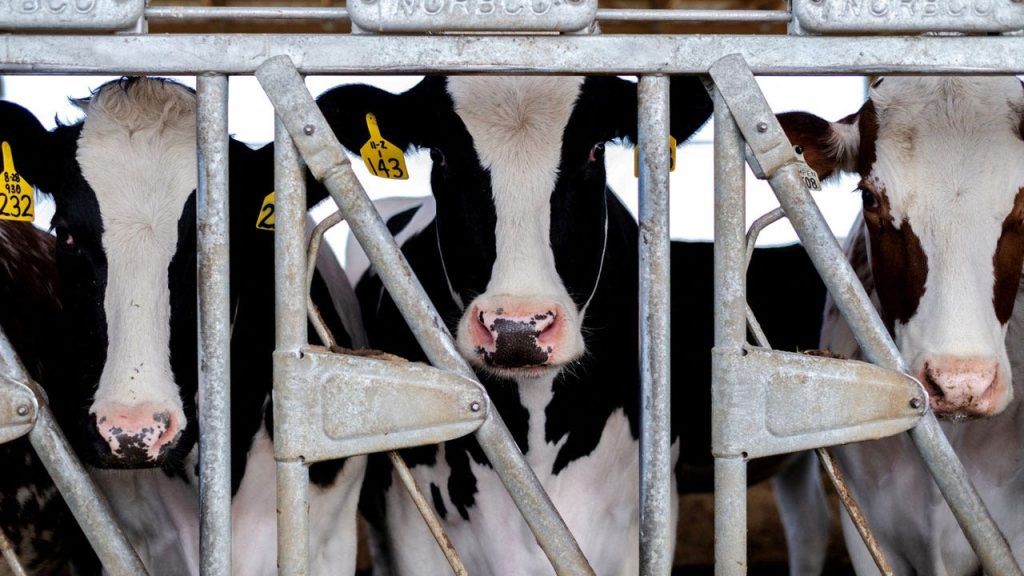A World Health Organization official expressed concerns about the risk of the H5N1 bird flu virus spreading to cows in countries beyond the United States through migratory birds. U.S. officials are currently investigating the safety of milk and meat following the confirmation of the virus in 34 dairy cattle herds in nine states since late March, as well as in one person in Texas. The WHO considers the overall public health risk posed by the virus to be low, but still urges vigilance in light of this recent development.
Wenqing Zhang, head of WHO’s Global Influenza Programme, highlighted the potential for cows in other countries to become infected with the virus as it is carried around the world by migratory birds. She commended the U.S. for their transparency and cooperation in sharing information about the outbreak, stating that regular updates and the early sharing of the virus genetic sequence has helped the WHO monitor the situation and update preparedness measures. Zhang reiterated the importance of collaboration between organizations like the WHO and the U.S. Centers for Disease Control and Prevention in addressing such health threats.
In response to concerns about the safety of milk and meat products, experts have revealed that while there is an “indirect concern” about consuming these products, the overall risk remains low. This reassurance comes amidst growing fears about the potential spread of the H5N1 virus and its impact on the food supply. As investigations continue and measures are taken to control the spread of the virus, the public is urged to remain vigilant and informed about any developments in the situation.
The H5N1 bird flu virus has raised alarm bells in the past due to its potential to cause severe illness and even death in humans. While the WHO acknowledges the risk of the virus spreading to cows through migratory birds, they stress that the overall public health risk is low. The organization continues to work closely with U.S. authorities to monitor the situation and update preparedness measures as needed. This collaboration and transparency are crucial in addressing emerging health threats and ensuring a coordinated response to protect public health.
The confirmation of the H5N1 virus in cattle herds in multiple states underscores the need for ongoing surveillance and preventive measures to mitigate the spread of the virus. While the risk to public health is considered low, the potential for the virus to infect cows in other countries through migratory birds remains a concern. As investigations into the outbreak continue, experts stress the importance of transparency, collaboration, and vigilance in order to effectively respond to and control the spread of the virus.
In conclusion, the recent spread of the H5N1 bird flu virus to cattle in the United States has raised concerns about the safety of milk and meat products. While the overall public health risk remains low, experts urge caution and vigilance in light of this development. International cooperation and transparency are crucial in addressing such health threats and ensuring a coordinated response to protect public health. As investigations into the outbreak continue, the WHO and U.S. authorities are working together to monitor the situation and update preparedness measures as needed.


